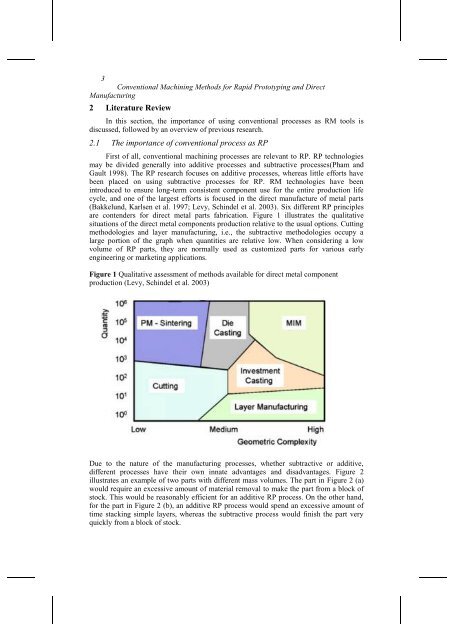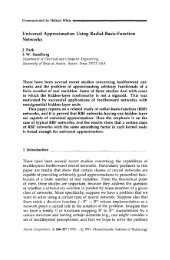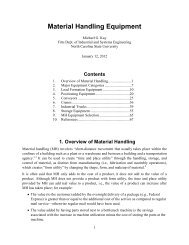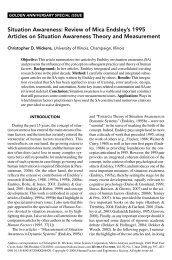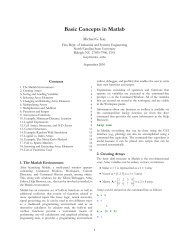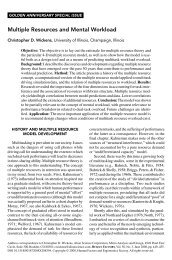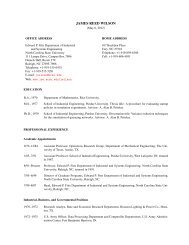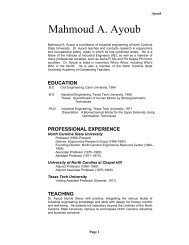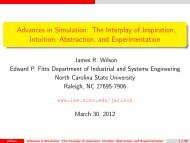Conventional Machining Methods for Rapid Prototyping
Conventional Machining Methods for Rapid Prototyping
Conventional Machining Methods for Rapid Prototyping
You also want an ePaper? Increase the reach of your titles
YUMPU automatically turns print PDFs into web optimized ePapers that Google loves.
3<br />
<strong>Conventional</strong> <strong>Machining</strong> <strong>Methods</strong> <strong>for</strong> <strong>Rapid</strong> <strong>Prototyping</strong> and Direct<br />
Manufacturing<br />
2 Literature Review<br />
In this section, the importance of using conventional processes as RM tools is<br />
discussed, followed by an overview of previous research.<br />
2.1 The importance of conventional process as RP<br />
First of all, conventional machining processes are relevant to RP. RP technologies<br />
may be divided generally into additive processes and subtractive processes(Pham and<br />
Gault 1998). The RP research focuses on additive processes, whereas little ef<strong>for</strong>ts have<br />
been placed on using subtractive processes <strong>for</strong> RP. RM technologies have been<br />
introduced to ensure long-term consistent component use <strong>for</strong> the entire production life<br />
cycle, and one of the largest ef<strong>for</strong>ts is focused in the direct manufacture of metal parts<br />
(Bakkelund, Karlsen et al. 1997; Levy, Schindel et al. 2003). Six different RP principles<br />
are contenders <strong>for</strong> direct metal parts fabrication. Figure 1 illustrates the qualitative<br />
situations of the direct metal components production relative to the usual options. Cutting<br />
methodologies and layer manufacturing, i.e., the subtractive methodologies occupy a<br />
large portion of the graph when quantities are relative low. When considering a low<br />
volume of RP parts, they are normally used as customized parts <strong>for</strong> various early<br />
engineering or marketing applications.<br />
Figure 1 Qualitative assessment of methods available <strong>for</strong> direct metal component<br />
production (Levy, Schindel et al. 2003)<br />
Due to the nature of the manufacturing processes, whether subtractive or additive,<br />
different processes have their own innate advantages and disadvantages. Figure 2<br />
illustrates an example of two parts with different mass volumes. The part in Figure 2 (a)<br />
would require an excessive amount of material removal to make the part from a block of<br />
stock. This would be reasonably efficient <strong>for</strong> an additive RP process. On the other hand,<br />
<strong>for</strong> the part in Figure 2 (b), an additive RP process would spend an excessive amount of<br />
time stacking simple layers, whereas the subtractive process would finish the part very<br />
quickly from a block of stock.


